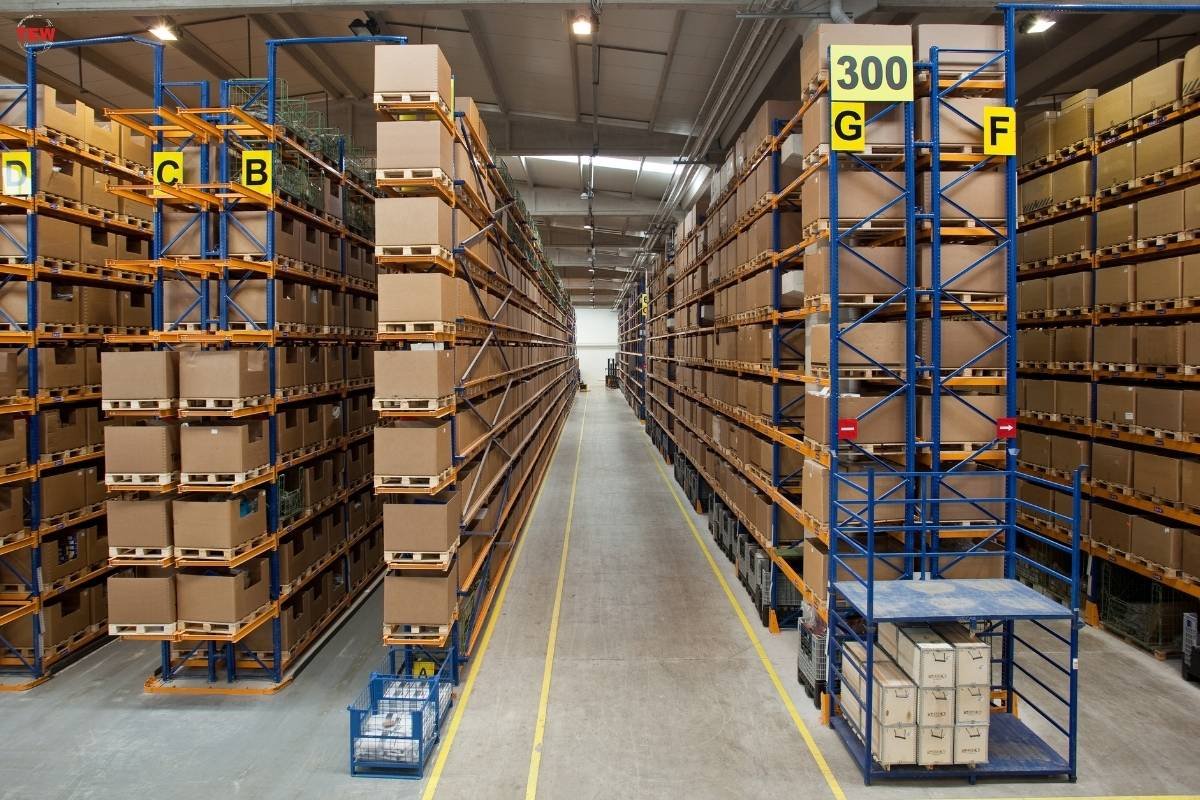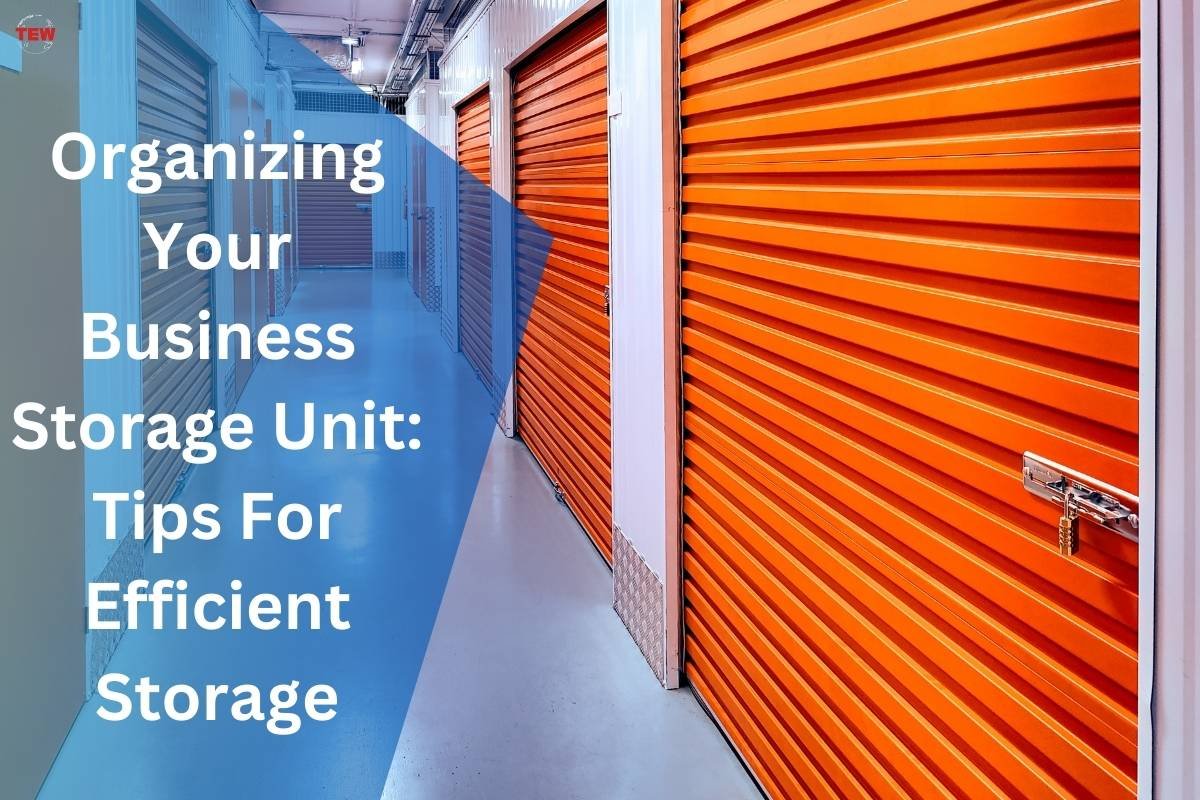While digital storage is a big priority today, there are several reasons why physical storage holds significance in the business world today. Even the infrastructure of digital tools takes up space, after all. So long as humans still play a part in any work, space, especially for storage, remains essential. Clutter also gets in the way of various activities, discouraging people from performing at their best.
Knowing this, business owners must reconsider how they handle their physical storage. Fortunately, tons of firms already provide many solutions for this problem. If you need safe store containers NZ or wherever you are, you can quickly turn to third-party business storage units for aid.
Now, say you’re already planning that. You may have a renovation, an expansion, a wholesale facility upgrade, or a simple move in the works. How do you make the most of the space you got?
This article explores some tips you can apply to maximize your business storage unit.
1. Assess And Plan

Before you start hauling stuff into your business storage unit, thoroughly assess the items you need to store. Categorize the inventory into different groups based on their size, frequency of use, and importance.
Once you have that down, create a detailed storage space layout, designating specific areas for each category of items. Utilize floor plans and shelving diagrams to visualize the space better and ensure easy navigation.
2. Invest In Quality Shelving And Storage
Invest in high-quality shelving and storage solutions to maximize the space and keep it organized. Choose durable, adjustable, and space-efficient shelving units catering to your business’s needs.
Consider using stackable bins, pallet racking systems, wall-mounted shelves, and cabinets—they let you use vertical space and keep your floor free of clutter.
3. Label And Color Code
Labeling and color coding are invaluable tools for efficiently organizing a storage facility.
Clearly label each container, box, or shelf with the contents inside, making it easier for employees to find what they need quickly.
Color coding makes it easier for staff to differentiate between categories of items. Assign specific colors to different inventories, creating a visual aid that simplifies the process and minimizes mistakes during retrieval.
4. Have An Inventory Tracking System
Utilize an inventory tracking system to keep a detailed record of all items stored in the unit. It can be a manual system using spreadsheets or an automated barcode or radio frequency identification (RFID) system.
Tracking the inventory levels, dates of entry, and movement of items in and out of the business storage unit will prevent overstocking, understocking, and potential losses.
5. Prioritize Accessibility And Regularly Review Storage Strategies

Place frequently accessed items near the entrance of the business storage unit to ensure easy retrieval. Less often used items can go towards the back or on higher shelves. This organization saves time and effort during day-to-day operations.
But remember, what is considered ‘frequently accessed’ may change over time due to seasonal demands, project changes, or client needs. Therefore, reviewing and adjusting your storage layout periodically is important to keep up with your business’s evolving needs.
Schedule these reviews periodically to assess whether the current organization of your storage unit, from item placement to the use of shelving and aisle spaces, is still effective or if improvements can be made. Continually refining your storage strategy will ensure it always aligns with your operational needs and supports your business goals.
6. Create Aisle Space
Allow ample aisle space within the storage unit to facilitate movement and prevent congestion. It reduces the risk of accidents and keeps movement quick and efficient.
Moreover, a congested business storage unit can significantly increase the risk of accidents, potentially causing damage to your inventory or, worse, injury to your employees. A well-planned aisle space reduces this risk by offering clear pathways for movement, ensuring your staff’s and your stock’s safety.
7. Utilize Vertical Space
Install tall shelving units or racks to store items vertically, taking advantage of the full height of the business storage unit. This strategy frees up valuable floor space and keeps things off the ground, reducing the risk of damage.
8. Implement A ‘First In, First Out’ (FIFO) System
Implement a FIFO system for businesses dealing with perishable or time-sensitive inventory. It ensures that older items are used or sold first, minimizing waste and preventing product expiry. It is something that benefits your sanitation and the safety of your consumers.
9. Train Employees

Provide your teams with training to access and return items properly, emphasize the importance of maintaining order, and encourage teamwork in organizing the business storage unit.
Getting them on board will also make responding to sudden problems, such as infestations and leaks, easier. That can save you a lot of time and effort and prevent major wrenches in your operations that cost your efficiency and customer satisfaction.
Takeaways
The meticulous organization of your business storage can transform it from a simple back-office issue into a strategic asset. The benefits of a well-managed storage system are multifold, spanning cost-efficiency, increased productivity, and improved customer satisfaction. By inspecting your storage and implementing these suggestions, you can optimize your resources, streamline operations, and enhance your overall business performance. But remember, it’s not a one-time task – regular reassessments and adaptations are key. If needed, don’t hesitate to seek expertise to help you maintain an effective storage strategy that evolves with your business.




